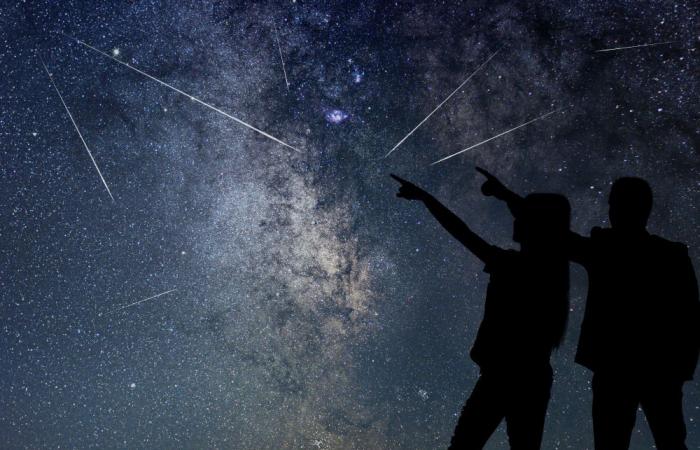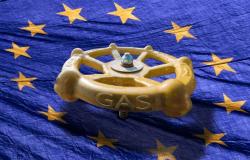In the fields of theoretical physics and astronautics, a recent publication has shed new light on a possibility that until now seemed relegated exclusively to the realm of science fiction: warp drives. This concept, which has fueled the imagination of writers and filmmakers, could be getting closer to a concrete realization thanks to the studies of Jared Fuchs, a doctor in physics at the University of Alabama and a leading figure in the startup Applied Physics.
Fuchs’ work, detailed in the journal Classical and Quantum Gravity, introduces a revolutionary model that theorizes the feasibility of warp engines in harmony with currently recognized physical laws. The research proposes the concept of a “warp bubble,” a structure that would allow travel at speeds close to that of light (about 300,000 kilometers per second), but without ever exceeding it, in line with the Einstein’s theory of relativity.
One of the main problems that has always held back the practical development of such technologies has been the supposed need to use “negative matter”. This type of matter, the existence of which has not yet been proven, was considered essential to power the warp engines. However, the research group led by Fuchs has made important progress in this context, demonstrating that it is possible to obtain the desired effects of the warp without having to resort to these hypothetical forms of matter.
Despite these promising innovations, the path to interstellar travel remains fraught with unknowns and technical challenges. Gianni Martire, CEO of Applied Physics, while sharing the enthusiasm generated by the research, underlined that the goal of interstellar travel is still far away. Fuchs’ discovery, while representing a significant step forward in theoretical understanding, It does not imply an immediate revolution in space travel.. However, it undoubtedly opens up new and fascinating prospects for the future of space exploration, marking a turning point in how humanity might one day travel between the stars.






